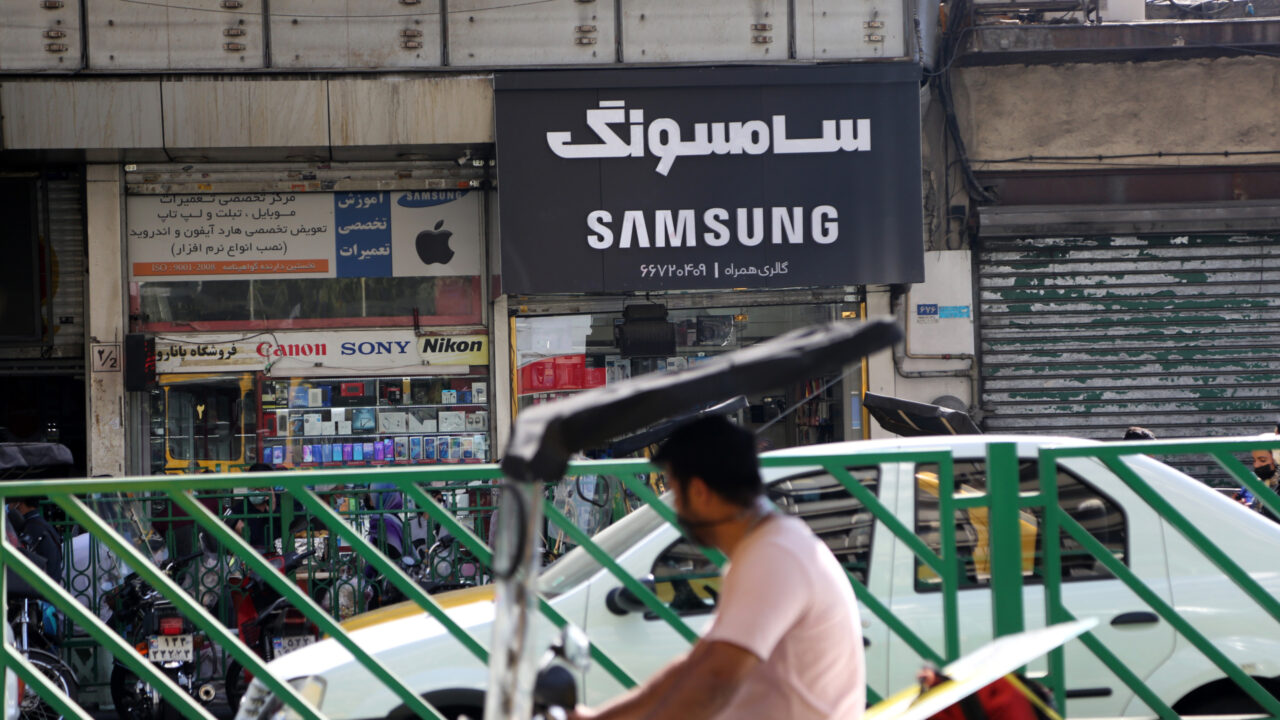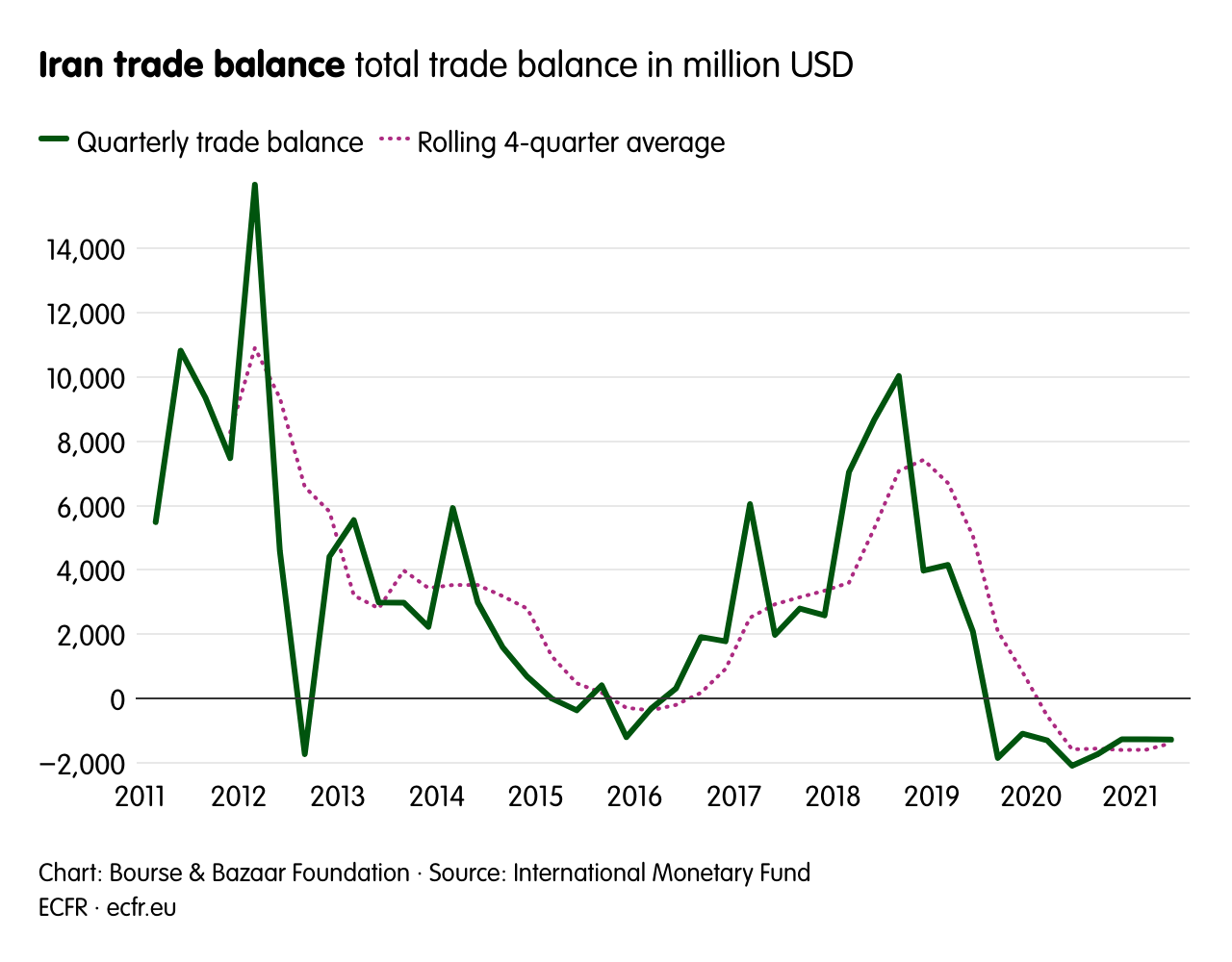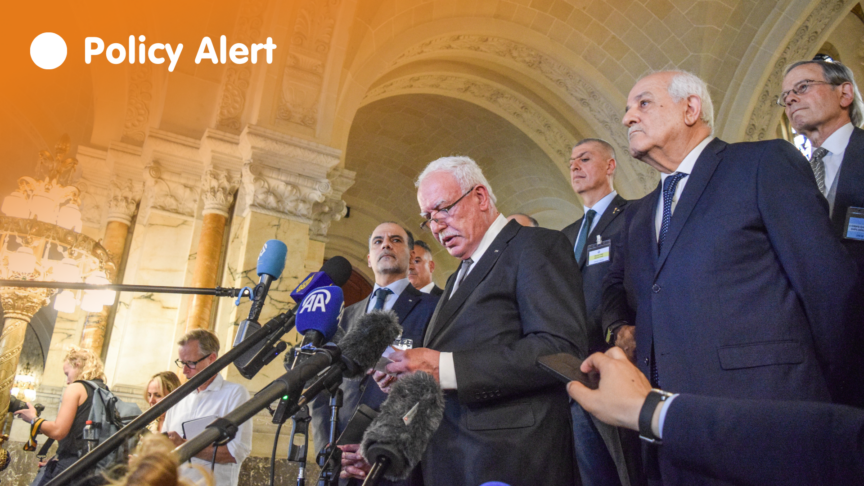Sharp relief: Automatic benefits and the Iran nuclear deal
It would be a mistake for the parties to the Iran nuclear deal to see the issue of guarantees in terms of economic targets. Instead, they should focus on how to normalise their economic relationship in the long term
Later this month, negotiators from Iran and the permanent members of the UN Security Council, plus Germany (P5+1) will resume talks intended to restore the Joint Comprehensive Plan of Action (JCPOA). Much analysis of the prospective discussions has centred on the Iranian demand for guarantees on sanctions relief. For the Raisi administration, a return to full compliance with the JCPOA will involve a leap of faith. Major commercial deals involving Iranian firms, such as long-term investment projects, will take months to complete. In the interim, the success of those deals will remain in doubt. As became clear in the months that followed the initial implementation of the JCPOA, commercial deals that become legal after the removal of US secondary sanctions can still collapse due to shortcomings in sanctions relief. To avoid this problem, the P5+1 will need to provide Iran with guarantees that they will implement sanctions relief not only on paper but also in practice.
The long-term future of the JCPOA will depend on the credibility of these commitments. But, in the short term, Iran will gain a range of automatic benefits – so called because they are not contingent on significant policy interventions from the P5+1 (other than the removal of US secondary sanctions).
One could see the importance of these automatic benefits in the period that immediately followed sanctions relief in 2016 – a year in which the Iranian economy grew by 13.4 per cent, having contracted by 1.3 per cent in 2015. Even without the full implementation of sanctions relief, Iran’s economy received a huge boost in several key areas. These benefits are by no means equivalent to the economic normalisation between the parties envisioned under the JCPOA. But the automatic benefits of sanctions relief are significant enough to push Iran to engage in negotiations on its nuclear commitments under the deal. Below are some of the automatic benefits Iran can expect to receive.
Increased oil revenue
According to data from TankerTrackers.com, Iran has exported an average of 1.2m barrels of oil per day (bpd) this year. Only China is defying US sanctions on these exports, making it the sole customer for Iranian crude. As oil prices have increased – from an average of $53.55 per barrel in January to $83.65 in October – rising revenues have buoyed Iran’s economy. But, overall, Iranian oil exports are still far below the 2.5m bpd the country’s officials hope to sustain after sanctions relief. This is a realistic target. Last time, exports rose quickly following the implementation of such relief – from an average of 1.6m bpd in 2016 to 2.3m bpd in 2017.
Automatic benefits would immediately boost Iran’s economic resilience – providing a kind of insurance policy to the Raisi administration
While some traditional buyers of Iranian oil, such as refiners in France and Spain, may resume purchases more slowly than in 2016, the fact that China is currently importing a large volume of the product means that, on balance, Iranian oil exports should grow at a similar pace. There is no guarantee that China will maintain its current level of imports if the JCPOA negotiations begin to break down. In this scenario, the country is likely to reduce these imports rather than halt them entirely. But, at a minimum, sanctions relief is likely to provide Iran with at least $20 billion of additional oil revenue in the first 12 months.
A trade surplus
Like oil exports, other trade will also respond positively to sanctions relief. In the first quarter of this year, the volume of Iranian exports was 55 per cent – and the volume of Iranian imports 72 per cent – of that in the same period in 2016, the first three months of sanctions relief. Exports have fallen more significantly than imports because Iran’s import needs are relatively constant: the country needs to buy goods from abroad to keep its economy running. This typically results in trade deficits while Iran is under sanctions. In the year leading up to June 2021, Iran’s trade deficit totalled $5.5 billion. A return to a large trade surplus would have an enormous impact on the Iranian economy, principally through the stabilisation of the Iranian rial.
Lower inflation
Iran’s balance of payments crisis, triggered by sanctions and exacerbated by the covid-19 pandemic, has led to the steep devaluation of the rial. Since November 2018, when the United States reimposed its secondary sanctions in full, the rial has lost 62 per cent of its value in the centralised market used by Iranian importers to purchase foreign currency. This has had knock-on effects for inflation, as imported goods have become more expensive. Sanctions relief would allow Iran’s central bank to regain access to foreign exchange reserves, which total more than $120 billion. The International Monetary Fund estimates that Iran currently has access to approximately one-fourth of these reserves. Greater access to the reserves and new foreign exchange revenues would strengthen the rial. While this might make Iranian exports less competitive in some markets, it would reduce Iranian producer prices.
In this way, a stable rial would ease inflationary pressure, particularly by reducing the price of imported manufacturing inputs – which include everything from food to advanced machinery. Because producers would not need to raise their prices so much to preserve their profit margins, inflation should fall. As consultant Bijan Khajehpour estimates, inflation would likely fall by four percentage points during the first year of relief from US secondary sanctions.
A rise in real wages
Following the P5+1’s imposition of financial sanctions on Iran in 2012, the country experienced a deep recession that depressed both real wages and productivity – which only began to rebound following sanctions relief under the negotiations led up to the JCPOA in 2013, and after the implementation of the deal itself in 2016. As analyst Hadi Salehi Esfahani has shown, sanctions relief is associated with a stronger rial, a reduction in producer prices, and a rise in real wages. Indeed, real wages in the first quarter of 2016 were 11.6 per cent higher than in the same period the previous year. By the first quarter of 2017, they had increased by another 8 per cent. In the first quarter of 2021, Iranian productivity was 24 per cent higher than in the last quarter of 2015. Accordingly, the next rise in real wages following sanctions relief will be slightly lower than that in 2016. Still, a rise of just 6 per cent would significantly improve the lives of Iranian workers.
The true meaning of guarantees
Iranian officials are right to complain about the failures of sanctions relief. By the end of 2017, it was clear that Iran was not on the path to the kind of economic normalisation envisioned in the nuclear deal. But there is no doubt that the removal of US secondary sanctions would have major benefits for a country that has undergone a decade of economic stagnation. It is important that all parties to the forthcoming negotiations keep sight of this fact.
The automatic benefits of sanctions relief for the Iranian economy would achieve three things. Firstly, they would create a short-term incentive for Iran to comply with its nuclear commitments under the JCPOA. Secondly, they would establish a foundation for the long-term work of implementing sanctions relief to facilitate major trade and investment deals, such as those involving the acquisition of civilian aircraft or foreign investment in the oil and gas sector. Finally, these automatic benefits would immediately boost Iran’s economic resilience – providing a kind of insurance policy to the Raisi administration.
Even if a Republican US president scuppered the deal in 2025, sanctions relief would have already provide Iran with higher oil revenues, a large trade surplus, a stable currency, and an increase in real wages. This would give Iran’s government, companies, and households the opportunity to make long-delayed investments or replenish their savings, helping them prepare for the next economic crisis (be it one resulting from the reimposition of sanctions or otherwise).
In light of these automatic benefits, it would be a mistake for the P5+1 and Iran to see the issue of guarantees in terms of economic targets. The Majlis Research Center, which is affiliated with Iran’s parliament, is one several bodies to suggest that sanctions relief could be “verified” according to a checklist that includes targets such as oil exports of 2.5m bpd. But these targets represent economic outcomes that are only partly dependent on whether the P5+1 take a passive or active approach to sanctions relief.
Therefore, the measurement of such outcomes would reveal little about whether sanctions relief has prevented damage to Iranian trade or investment. For this reason, discussions about the Iranian demand for guaranteed sanctions relief ought to centre on the processes and mechanisms that provide such relief. If automatic benefits are a given, negotiators from the P5+1 and Iran should focus on interventions to normalise the economic relationship between the sides. The restoration of the nuclear deal would benefit Iran economically – the question is whether it would do so more sustainably this time around.
The European Council on Foreign Relations does not take collective positions. ECFR publications only represent the views of their individual authors.





